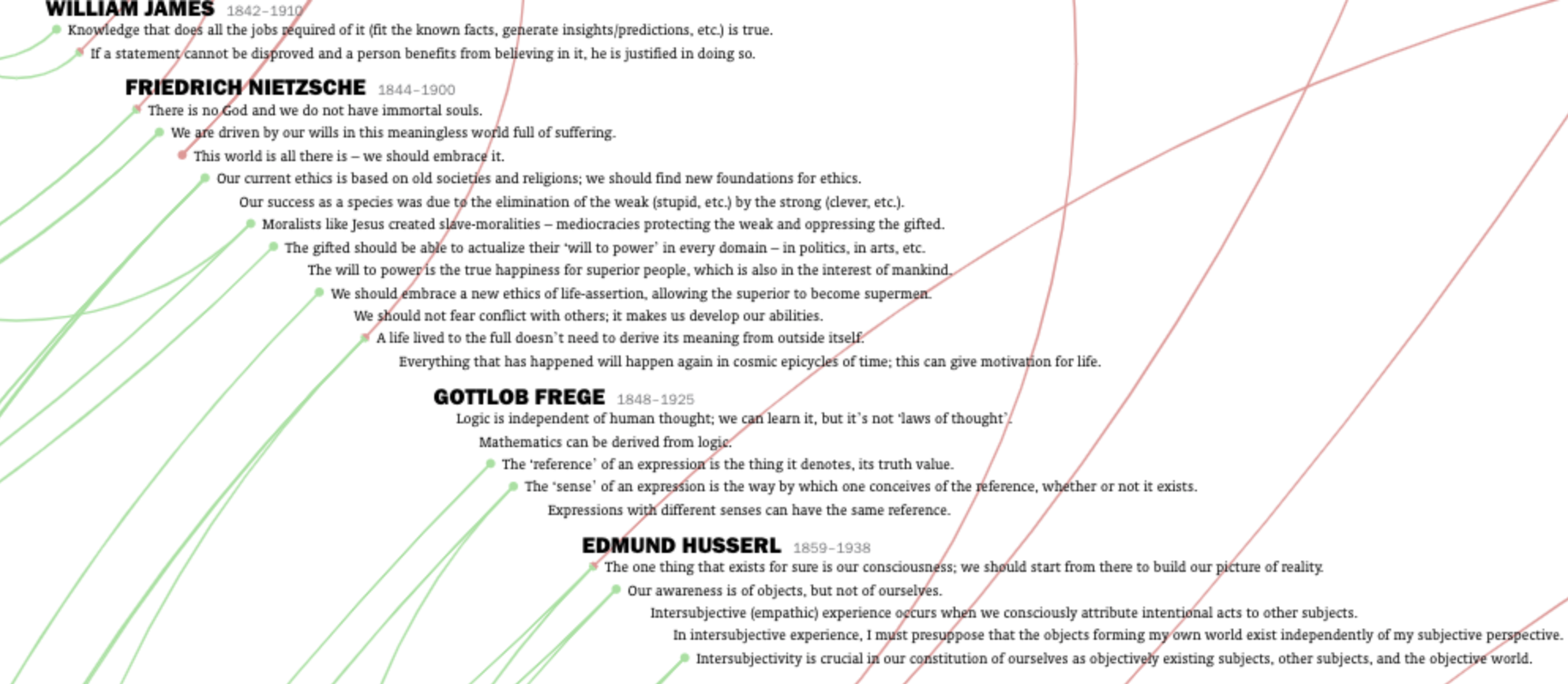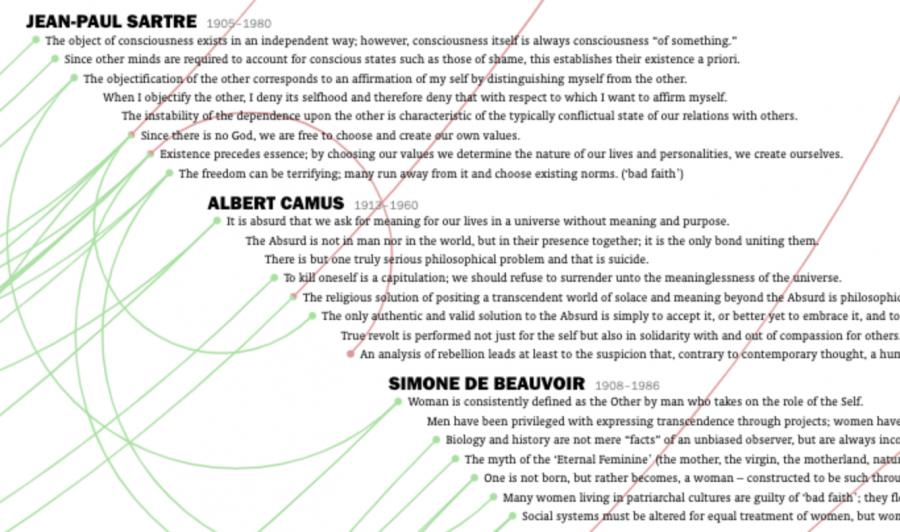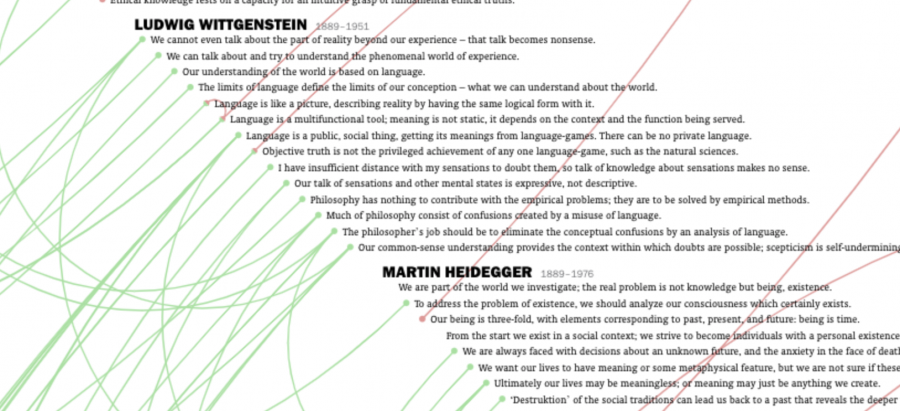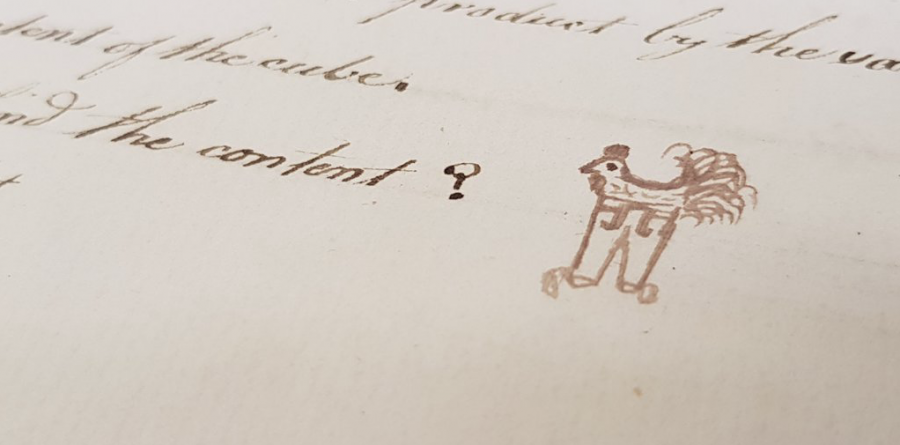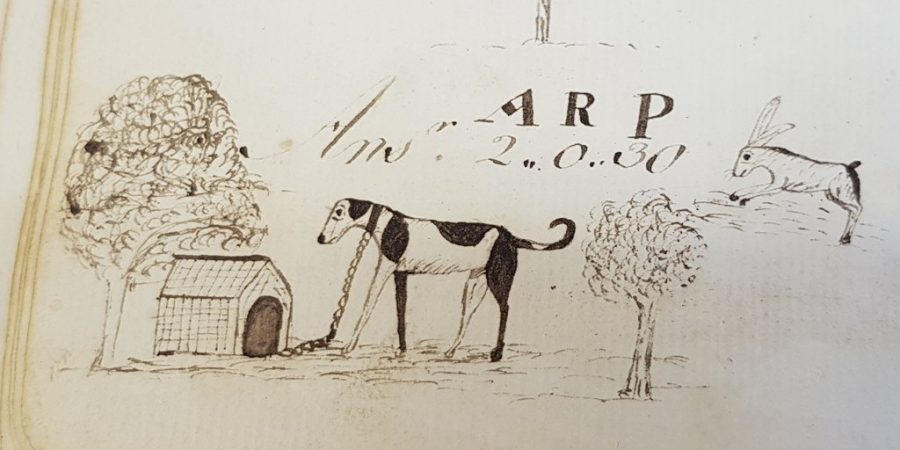When Arab-Spanish Sephardi Jewish merchant Abraham ben Jacob first encountered the Vikings in Denmark, he had this to say:
“Never before I have heard uglier songs than those of the Vikings in Slesvig. The growling sound coming from their throats reminds me of dogs howling, only more untamed.”
Now what Mr. ben Jacob actually heard we will never know, but the description does sound a lot like the “Death Growl” familiar to fans of death metal. (The appearance of Vikings and the preponderance of Scandinavians within the genre certainly make this tale sound true.)
Cheekily referred to by non-metal fans as the “Cookie Monster Voice,” this particular style has evolved over time as metal changed in the 1980s, from the piercing screams of Dio and Iron Maiden to the growl of Sepultura and Cannibal Corpse. And that’s matched by the demonic and doom-laden sound of the music and the Grand Guignol horror of the lyrics, which delight fans with its depravity and disgust, the grosser the better.
Whether it’s your cup of tea or not, you have to admit that the ‘80s and ‘90s saw the growth of a brand new vocal style that seemed to come out of nowhere.
YouTuber Polyphonic tries to unravel its origins in the video above, which, we have to admit, follows the Wikipedia article on the Death Growl point by point. But that’s okay–imagine if all Wikipedia articles had their own videos…would that be a bad thing?
On the other hand, Polyphonic’s video does leave out some antecedents to this style, all of who get named checked by various folks in the comments. (Yes, YouTube comments that are worth reading!)
In particular, there’s no mention of African-American artists like Howlin’ Wolf, Screamin’ Jay Hawkins, or Clarence Frogman Henry. Wolf in particular became a huge influence on another incredibly gruff and guttural singer, Tom Waits, who often sings like the Devil has his larynx.
And do the distorted vocals on Black Sabbath’s “Iron Man” or on King Crimson’s “21st Century Schizoid Man” really count? Or the various screams on Pink Floyd songs?
When Polyphonic returns to the 1980s, he’s on firmer ground. Lemmy from Motörhead makes more sense as an influence, and by the time we get to Venom, then Death, then Mantas, it is easier to see where the Death Growl came from. (But come on, no mention of Napalm Death? They were the first growling band I ever heard, and hats off to BBC DJ John Peel for not only playing them when the debuted, but he had them in session.)
If interested, I would recommend exploring the YouTube comments further and make up your own mind. And if you are interested in learning this technique, there are folks who will teach you.
Related Content:
96-Year-Old Holocaust Survivor Fronts a Death Metal Band
1980s Metalhead Kids Are All Right: New Study Suggests They Became Well-Adjusted Adults
Ted Mills is a freelance writer on the arts who currently hosts the artist interview-based FunkZone Podcast and is the producer of KCRW’s Curious Coast. You can also follow him on Twitter at @tedmills, read his other arts writing at tedmills.com and/or watch his films here.
